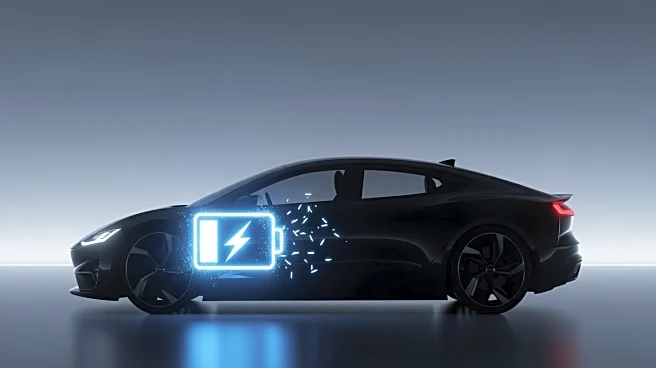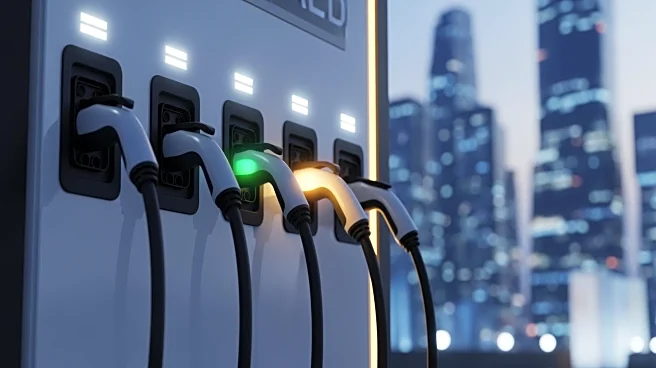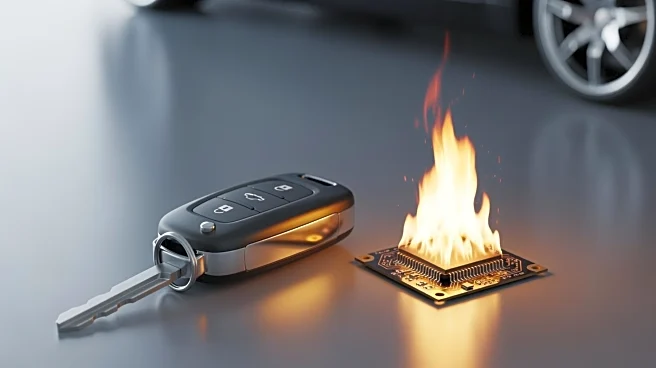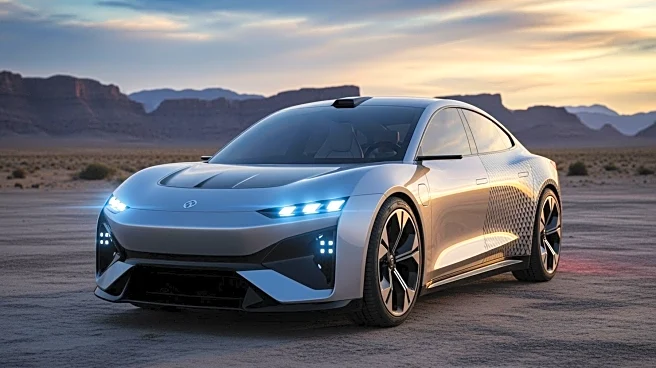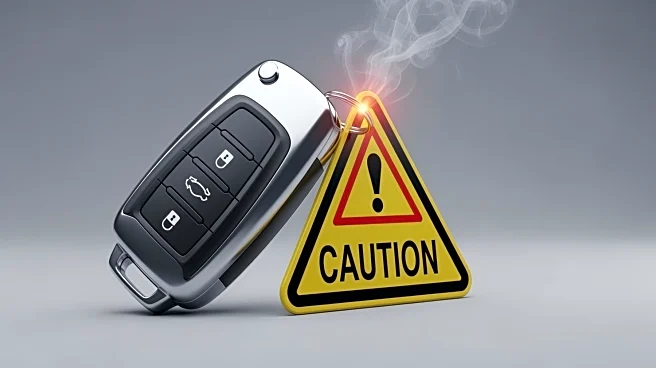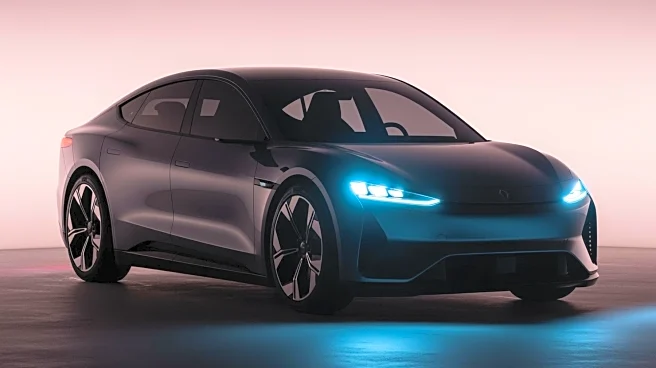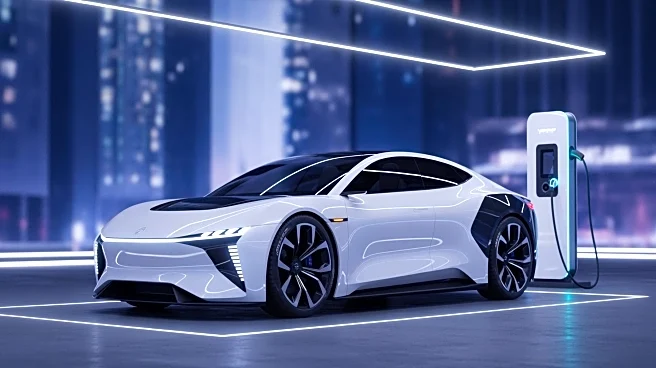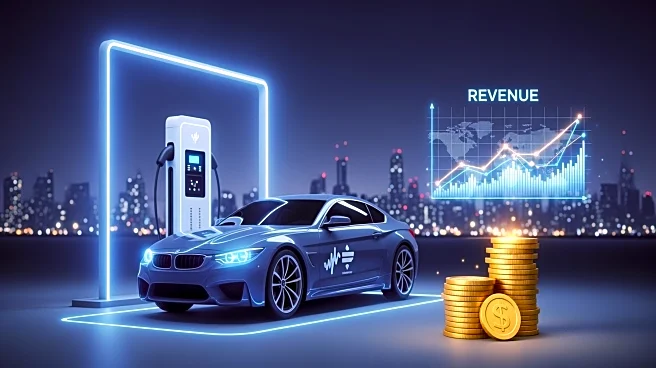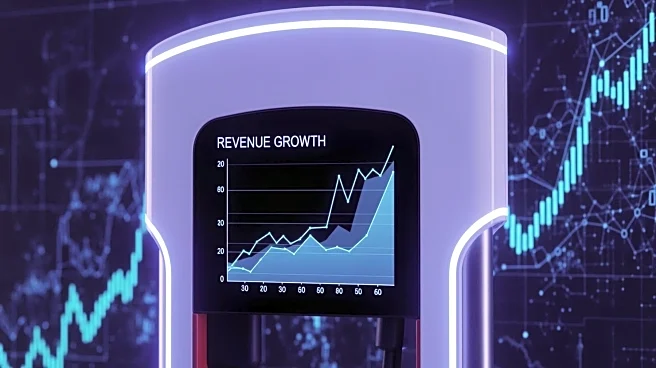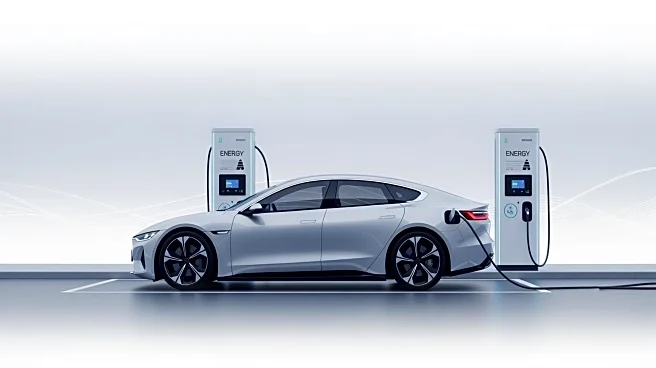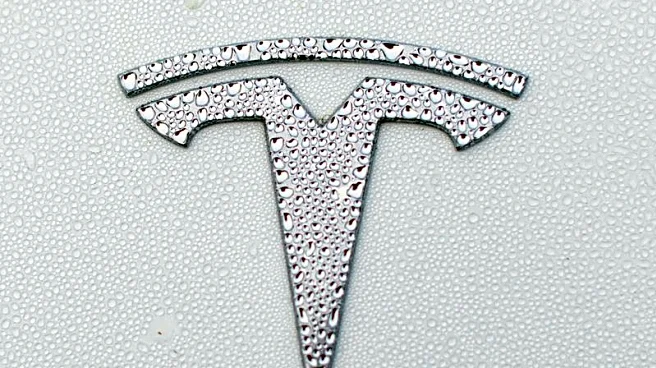What's Happening?
Tesla has announced a recall of nearly 13,000 vehicles in the United States due to a potential battery connection failure. The affected models include some 2026 Tesla Model Y crossovers. According to the National
Highway Traffic Safety Administration (NHTSA), the issue stems from a battery pack contactor that may open unexpectedly due to a poor coil termination connection. This defect could lead to a sudden loss of power, increasing the risk of a crash. Tesla is taking steps to address the issue by notifying owners and providing repairs free of charge.
Why It's Important?
This recall is significant as it highlights ongoing challenges in the automotive industry related to electric vehicle safety and reliability. Tesla, a leading manufacturer in the EV market, faces scrutiny over its quality control and safety standards. The recall could impact consumer confidence and sales, as potential buyers may reconsider their options due to safety concerns. Additionally, this development underscores the importance of rigorous testing and quality assurance in the rapidly evolving electric vehicle sector, where technological advancements must be matched by robust safety measures.
What's Next?
Tesla is expected to begin notifying affected vehicle owners and arranging for repairs at no cost. The company will likely work closely with the NHTSA to ensure compliance with safety regulations and prevent future occurrences. As the recall progresses, Tesla may face increased pressure from regulators and consumers to enhance its quality control processes. Other automakers may also be prompted to review their own safety protocols to avoid similar issues, potentially leading to industry-wide improvements in EV safety standards.
Beyond the Headlines
The recall raises broader questions about the sustainability and reliability of electric vehicles as they become more prevalent. As the industry grows, manufacturers must balance innovation with safety, ensuring that new technologies do not compromise vehicle integrity. This incident may lead to increased regulatory scrutiny and push for more stringent safety standards in the EV market, influencing future designs and manufacturing practices.
